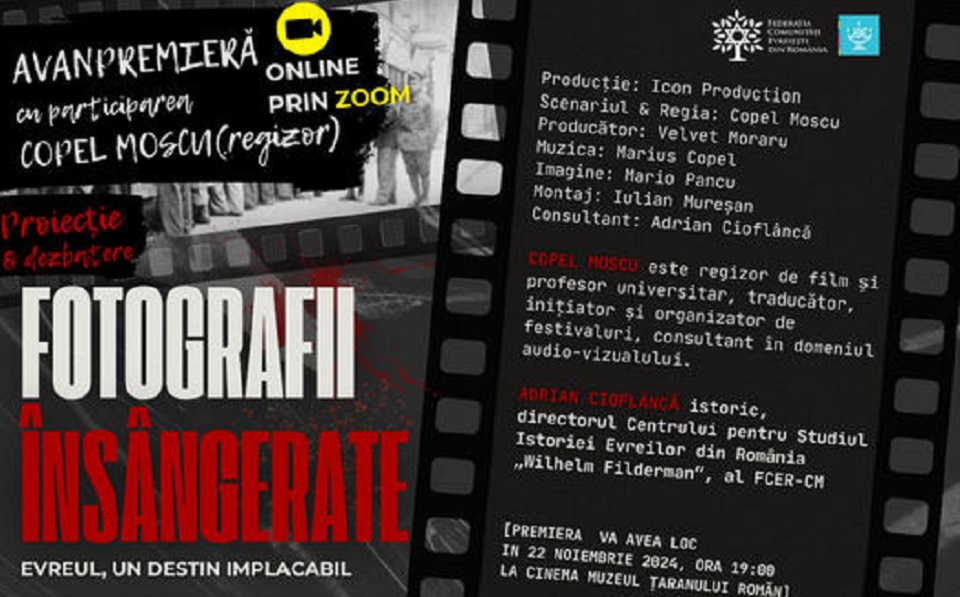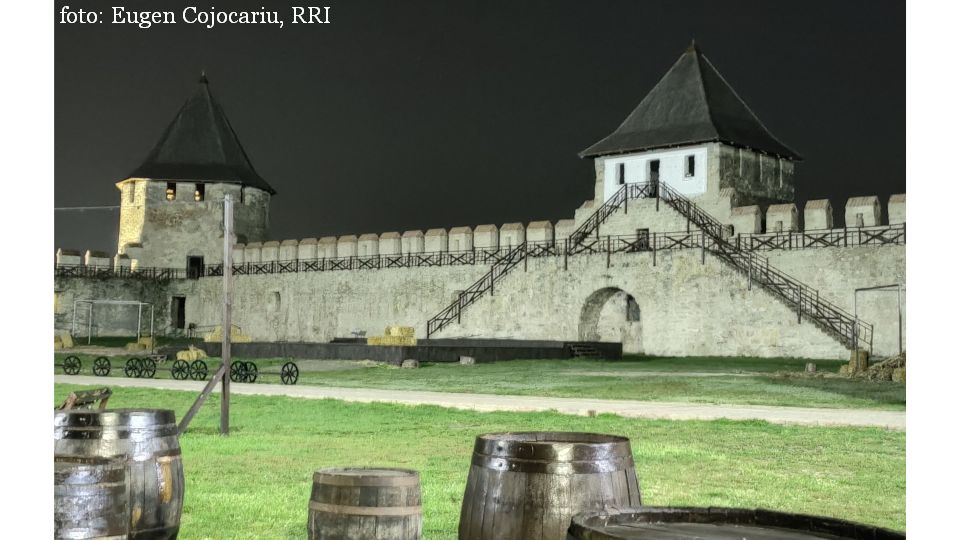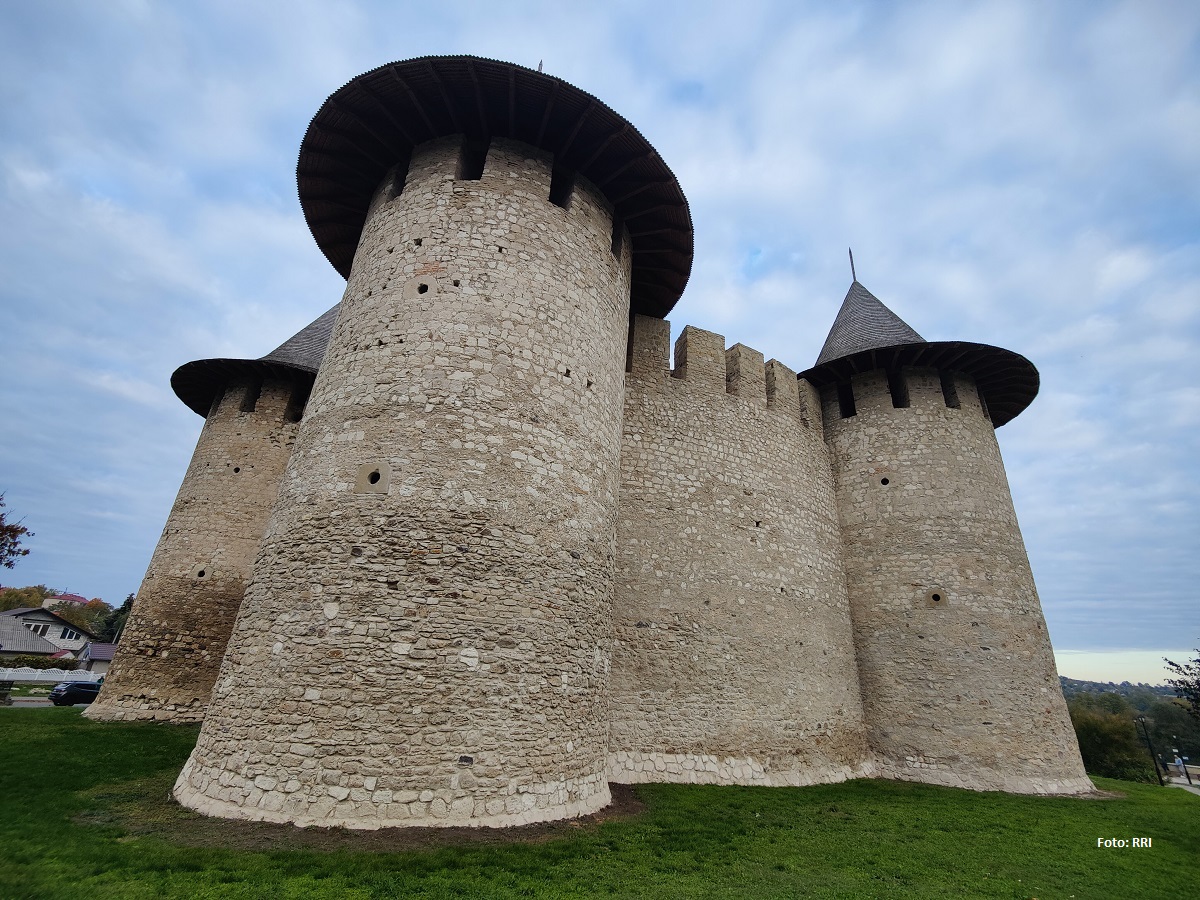Social life in Phanariote Bucharest
With historian Tudor Dinu about life in 18th century Bucharest during the Phanariote era,

Christine Leșcu, 01.08.2021, 14:00
Lasting for more than a century,
the so-called Phanariote era is widely considered not to have been the most
glorious period in Romanian history. The word Phanariote derives from the
name of the Phanar district in Istanbul, which was mostly inhabited by an ethnic
Greek community. And it was from among the members of the most prominent Greek
families from Phanar that the Ottoman sultans appointed the rulers of Bucharest
and Iași at a time when the Romanian countries of Wallachia and Moldavia were
under Ottoman control. Phanariote rule began in 1714 in Moldavia and 1716 in
Wallachia, and came to an end in 1821, and would involve the Orientalisation of
the Danube principalities, something viewed by some commentators as a step
backwards.
Despite this, the Phanariote era
was not without its merits, and some historians believe it has not been studied
enough and that existing research sometimes misrepresents it. This is a view
shared by Tudor Dinu, the author of an extensive work in three volumes entitled
Bucureștiul fanariot (Phanariote Bucharest). He explains:
It’s a highly complex issue and a
more nuanced approach is needed. At the time, Bucharest played host to many
battles as part of the Russo-Austrian-Turkish wars, so these were already challenging
times. On the other hand, it was also a period of extensive development for the
city, thanks to the actions of the Phanariote rulers. Indeed, it was during
this time that almost the entire city was paved in wood; the first network of
fountains was installed, providing the residents of Bucharest with fresh drinking
water; and street lighting was introduced, starting with Podul Mogoșoaiei,
today’s Calea Victoriei. What’s more, during this time Bucharest would also become
the most important learning centre in all of south-eastern Europe thanks to the
establishment of the princely academy of St. Sava.
Although the Phanariote century marked
the Orientalisation of Romanian culture, an influence rarely seen in the
Romanian lands before then, this period would also be characterised by a
process of Westernisation. This phenomenon can be explained by the fact that
the Phanariote rulers – all of whom, as mentioned earlier, were of Greek descent
– would act as conduits of Italian and, later, French culture in these parts,
especially in Bucharest. The historian Tudor Dinu, the author of a book about Bucharest
during the Phanariote era, tells us more:
Among other things, in my research
I discovered that it wasn’t true that the process of westernisation of the Romanian
countries began only after 1821, when Phanariote rule came to an end. In fact, the
process began with the first Austrian occupation after 1789 and intensified
with the arrival of the Russian troops in Bucharest, who were stationed here between
1806 and 1812. The Phanariotes allowed western culture to infiltrate these
parts because their role was also to inform the Ottoman Porte of the intentions
of the western powers. Westerners also began to settle in Bucharest in the 18th
century, especially Germans, who came not only from Transylvania but also further
afield. They made a fundamental contribution to the development of the city, in
particular as building entrepreneurs, engineers and architects. It is to them
that we owe the construction of Bucharest’s first breweries and the city’s first
hotel. French and Italian people also came to live here at this time, as every distinguished
family, every boyar, wanted a French tutor for their children or as a private
secretary.
On the subject of breweries and the
likes, the historian Tudor Dinu describes in detail in his book what the people
of Bucharest would do for entertainment during the 18th century:
Every
day, the people of Bucharest would go to taverns, where they’d see fiddlers
perform. Some preferred cafes, where they’d smoke and play billiards, chess or checkers,
or watch performances and acrobatics shows.Above all, they would
indulge in political gossip. Others went to fairs, where the main entertainment
were the swings, which were enjoyed by all the people of Bucharest, both young
and old, even the boyars. But perhaps the most popular form of entertainment
was a kind of sport that has since completely disappeared and is unknown today.
The name of this sport came from the Ottoman term for ‘reed’. It involved a
kind of face-off between two men on horseback armed with spears, which they
would throw at their opponent, who would try to dodge them. It was by no means
a gentle sport, being a kind of Ottoman jousting tournament. And, of course, gambling
would also become a popular pastime and something against which the Phanariote
rulers would fight fiercely, trying to stamp out the practice as it led to the impoverishment
of the population.
That
said, the authorities did permit some forms of gambling, such as an early form
of lottery tickets.






























